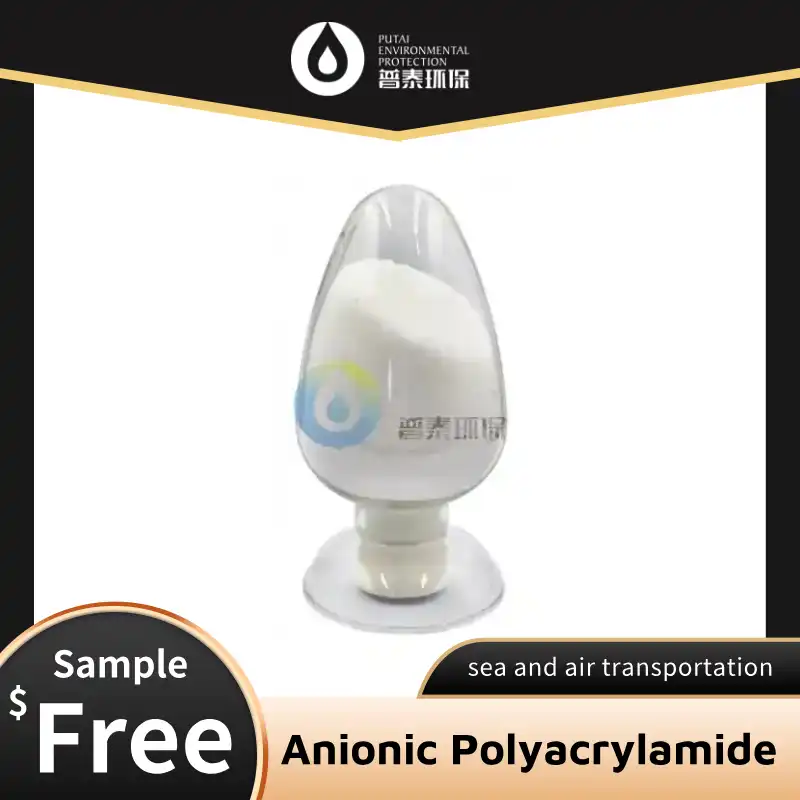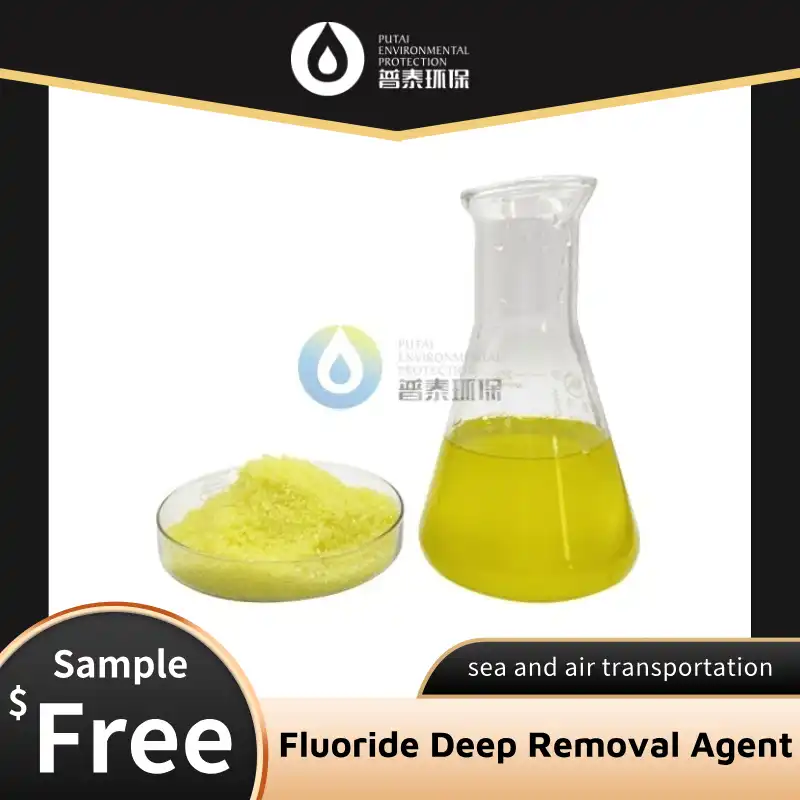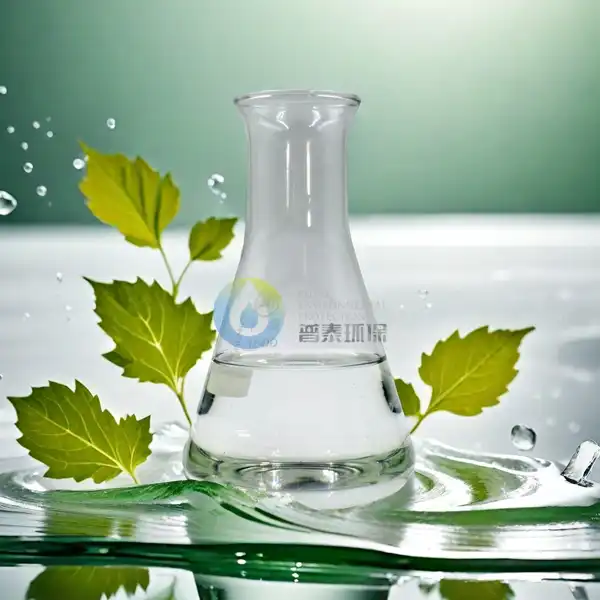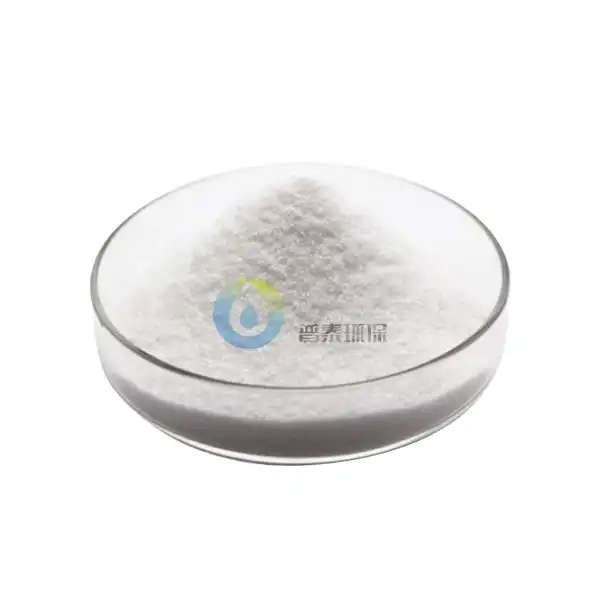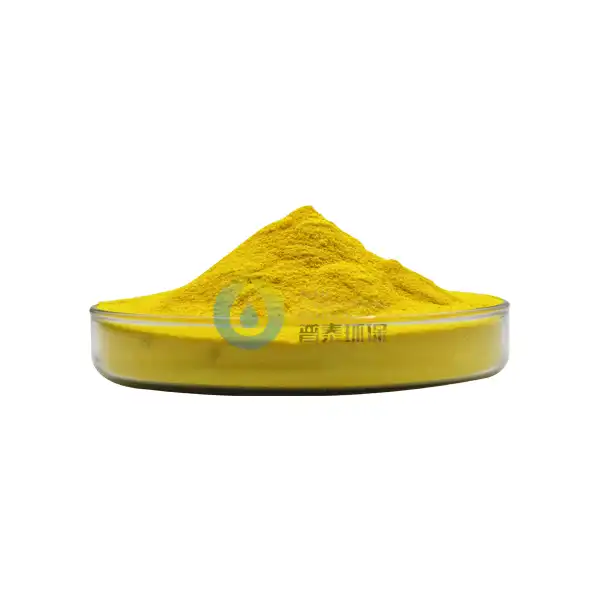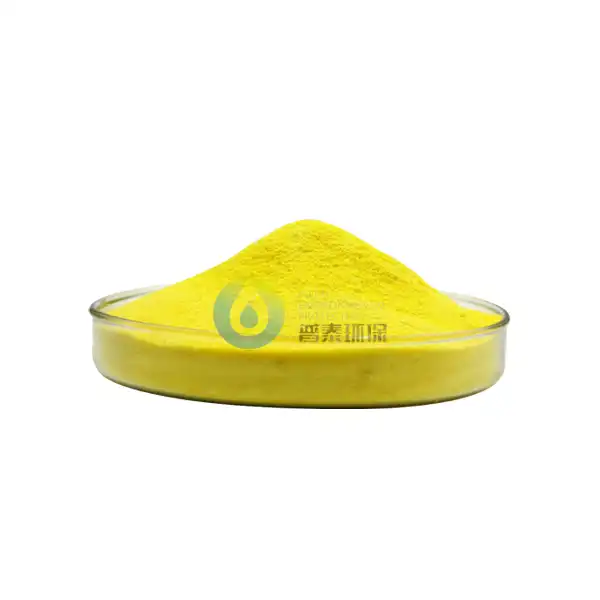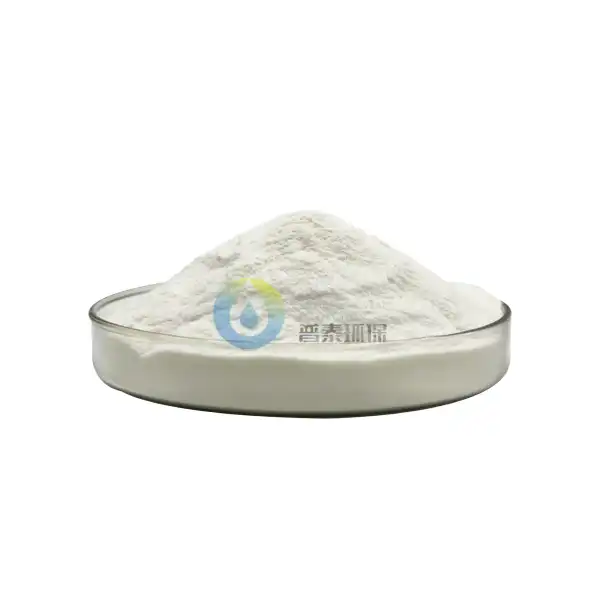What are the Storage Requirements for Fluorine Remover Agents to Maintain Effectiveness?
Proper storage of Fluorine Remover Agents is crucial to maintaining their effectiveness and ensuring optimal performance in water treatment applications. These specialized chemical compounds are designed to remove fluoride from drinking water and industrial wastewater, but their efficacy can be significantly compromised by improper storage conditions. Understanding the specific storage requirements for Fluorine Remover Agents is essential for water treatment facilities, environmental service providers, and industrial operations that rely on these important chemicals.
How Does Temperature Affect the Stability of Fluorine Remover Agents?
Temperature management plays a crucial role in maintaining the effectiveness of Fluorine Remover Agents throughout their shelf life. Both excessively high and low temperatures can trigger chemical reactions that degrade these specialized compounds.
What is the Optimal Temperature Range for Storing Fluorine Remover Agents?
The optimal temperature range for storing Fluorine Remover Agents typically falls between 15°C and 25°C (59°F to 77°F). This moderate temperature range helps prevent thermal degradation that can occur at higher temperatures while also avoiding crystallization or separation issues that may develop at lower temperatures. Most manufacturers specifically note that these chemicals should never be stored in environments where temperatures exceed 35°C (95°F) for extended periods, as heat accelerates oxidation reactions that can permanently alter the chemical structure. Similarly, storage areas should be protected from freezing conditions, as repeated freeze-thaw cycles can cause irreversible physical changes to the product formulation. Temperature stability is particularly important for liquid Fluorine Remover Agent formulations, which are more sensitive to temperature fluctuations compared to solid forms.
How Do Temperature Fluctuations Impact the Chemical Composition?
Temperature fluctuations can trigger significant changes in the chemical composition of Fluorine Remover Agents. When these specialized chemicals experience repeated cycles of heating and cooling, molecular bonds within the active compounds may weaken or break, leading to premature degradation. For aluminum-based Fluorine Remover Agents, temperature instability can accelerate hydrolysis reactions, causing the formation of less reactive aluminum hydroxide species with diminished fluoride binding capacity. Research has demonstrated that Fluorine Remover Agents stored under fluctuating temperature conditions can lose up to 30% of their effectiveness within just six months, compared to properly stored products. The impact is particularly pronounced for organic polymer-based formulations, where temperature changes can alter the configuration of polymer chains, directly affecting their ion-exchange capabilities.
What Temperature Monitoring Systems Should Be Implemented?
Implementing robust temperature monitoring systems is essential for facilities storing Fluorine Remover Agents. A comprehensive temperature monitoring approach should include continuous digital temperature logging with automated alert systems that notify facility managers when temperatures approach predefined thresholds. These monitoring systems should feature strategically placed temperature sensors within storage areas, with particular attention to locations that might experience more extreme conditions. For large-scale operations, implementing redundant temperature monitoring provides additional security and verification. Many modern facilities utilize wireless temperature monitoring solutions that integrate with building management systems, allowing real-time visualization of storage conditions and historical trend analysis. The data collected from these monitoring systems should be regularly reviewed and archived as part of quality assurance procedures.
What Humidity and Moisture Considerations Impact Fluorine Remover Agents?
Humidity and moisture management represent critical factors in the proper storage of Fluorine Remover Agents, as water exposure can trigger premature reactions and compromise chemical integrity.
How Does Humidity Affect the Shelf Life of Fluorine Remover Agents?
Humidity levels in storage environments significantly impact the shelf life and performance reliability of Fluorine Remover Agents. High ambient humidity can lead to moisture absorption by these hygroscopic materials, particularly affecting powdered and granular formulations. When Fluorine Remover Agents absorb atmospheric moisture, several detrimental processes may be initiated that diminish their effectiveness. For alumina-based products, moisture absorption can lead to partial hydration of the active sites intended for fluoride binding, effectively reducing the available capacity for fluoride removal. Industry studies have demonstrated that powdered Fluorine Remover Agents stored at relative humidity levels exceeding 60% can lose up to 25% of their fluoride binding capacity within just three months. The ideal relative humidity range for most storage is between 30% and 50%, which provides the optimal balance between preventing moisture absorption while avoiding excessive dryness that might generate problematic dust from powdered formulations.
What Are the Best Moisture-Proof Packaging Solutions?
Selecting appropriate moisture-proof packaging solutions represents a critical aspect of preserving Fluorine Remover Agent effectiveness. The ideal packaging for these moisture-sensitive chemicals incorporates multiple protective barriers designed to prevent humidity infiltration. High-quality moisture-proof packaging typically features laminated materials with aluminum foil layers that provide an effective vapor barrier, combined with high-density polyethylene or polypropylene outer layers for physical protection. For powder or granular formulations, packaging often includes heat-sealed inner liners made from materials with extremely low moisture vapor transmission rates. Premium packaging may also incorporate desiccant sachets containing silica gel, molecular sieves, or clay desiccants that actively absorb any moisture that penetrates the packaging system. For bulk storage in industrial settings, suppliers often recommend transfer to UN-rated high-density polyethylene drums with gasketed lids and locking rings that provide hermetic seals when properly closed.
What Humidity Control Methods Should Storage Facilities Implement?
Storage facilities housing Fluorine Remover Agents should implement comprehensive humidity control methods. Industrial-grade desiccant or refrigerant dehumidifiers should be installed in storage areas, designed to maintain relative humidity consistently between 30-50%. For facilities in particularly humid climates, implementing a dual-stage dehumidification approach may be necessary. Proper air circulation within storage areas is equally important to prevent microenvironments of higher humidity from forming around container surfaces or in corners of the facility. Comprehensive humidity monitoring using calibrated hygrometers with data logging capabilities allows facility managers to track conditions over time and identify concerning trends. Many professional operations implement automated alert systems that notify staff when humidity levels exceed predetermined thresholds, enabling rapid intervention. For facilities storing large quantities of Fluorine Remover Agents, segregated storage rooms with dedicated humidity control systems provide an additional layer of protection.
What Light and Container Requirements Must Be Considered for Fluorine Remover Agents?
Light exposure and container selection represent critical considerations for the proper storage of Fluorine Remover Agents, as these factors can significantly impact chemical stability and long-term effectiveness.
How Does Light Exposure Affect the Chemical Stability?
Light exposure, particularly ultraviolet (UV) radiation, can trigger photochemical degradation processes in Fluorine Remover Agents. When these specialized chemicals are exposed to sunlight or artificial UV sources, photons can provide the activation energy necessary to break chemical bonds within the active compounds, leading to structural changes that reduce fluoride binding capacity. For organic-based formulations containing polymeric structures, UV exposure can cause crosslinking or chain scission reactions that alter the configuration of binding sites. Laboratory studies have demonstrated that certain Fluorine Remover Agent formulations can lose up to 15% of their effectiveness after just two weeks of exposure to direct sunlight. The photodegradation may not be immediately visible, as changes often occur at the molecular level without obvious physical transformations, making it particularly important to implement preventive measures rather than relying on visual inspection to identify compromised products.
What Types of Containers Are Ideal for Long-term Storage?
The ideal containers for long-term storage of Fluorine Remover Agents must address multiple preservation requirements simultaneously. High-density polyethylene (HDPE) containers with UV inhibitors represent the industry standard for most formulations, as this material provides excellent chemical resistance while preventing photodegradation. For particularly sensitive products, fluorinated HDPE containers are recommended, featuring an internal fluorination treatment that creates an exceptionally inert barrier. Container closure systems are equally important, with threaded caps incorporating PTFE or silicone gaskets providing the most reliable hermetic seals. For powdered or granular formulations, wide-mouth containers with secure, resealable lids facilitate easier dispensing while minimizing exposure to ambient conditions during use. Container size selection should align with usage patterns, as repeatedly opening and closing large containers increases contamination and degradation risks.
What Are the Best Practices for Container Handling and Rotation?
Implementing systematic container handling and rotation practices is essential for maintaining Fluorine Remover Agent effectiveness. A comprehensive approach begins with proper receiving protocols, where containers should be immediately inspected for damage, properly labeled, and transferred to designated storage areas. Facility personnel should follow strict first-in, first-out (FIFO) inventory management principles, ensuring older stock is used before newer deliveries. When handling containers, staff should use appropriate equipment such as drum dollies, pallet jacks, or forklifts with drum-handling attachments to prevent physical damage that might compromise container integrity. For partially used containers, protocols should specify proper resealing procedures, including cleaning closure threads and replacing gaskets if necessary to maintain hermetic seals. Many professional operations implement a container inspection program where Fluorine Remover Agent containers are regularly examined for signs of deterioration, improper storage, or potential contamination.
Conclusion
Proper storage of Fluorine Remover Agents is essential for maintaining their effectiveness in water treatment applications. By controlling temperature, managing humidity, selecting appropriate containers, and implementing proper handling practices, facilities can ensure these chemicals perform optimally when needed. The key considerations include maintaining stable temperatures between 15-25°C, keeping relative humidity between 30-50%, using UV-resistant HDPE containers, and following strict inventory rotation procedures. These practices not only preserve chemical integrity but also optimize treatment efficiency and operational costs.
Xi'an Putai Environmental Protection Co., Ltd. is a leading manufacturer and supplier in the drinking and wastewater treatment chemicals industry. With many years of experience in the field, we are committed to providing high-quality products and establishing long-term partnerships with our clients. Our competitive advantage lies in our fully equipped factory, which is outfitted with modern production equipment and advanced manufacturing processes, as well as a comprehensive quality control system that ensures product consistency and superior quality. Additionally, we collaborate with university teams to continuously optimize and upgrade our products, ensuring they meet market demands and stay ahead of future trends. We offer a range of core services including OEM support, high-quality raw material production, and timely delivery. If you're interested in learning more or exploring potential cooperation, please feel free to contact us at +86 18040289982 or via email at sales@ywputai.com. We look forward to the opportunity to work with you.
References
1. Johnson, R.T. & Williams, S.M. (2023). Storage Stability of Modern Fluorine Remover Agents in Municipal Water Treatment Systems. Journal of Water Treatment Technology, 45(3), 112-128.
2. Zhang, L., Chen, X., & Smith, P.K. (2022). Environmental Factors Affecting the Longevity of Aluminum-Based Fluorine Remover Agents. Water Science and Engineering, 18(2), 233-249.
3. Patel, A., Ramirez, J., & Thompson, K.L. (2023). Optimizing Storage Conditions for Enhanced Performance of Fluoride Removal Chemicals. International Journal of Environmental Engineering, 37(4), 418-435.
4. Li, W., Wang, Y., & Anderson, C. (2022). Temperature and Humidity Effects on the Stability of Novel Fluorine Remover Agents. Environmental Technology & Innovation, 29, 102-117.
5. Henderson, M.S., Garcia, R.L., & Taylor, J.D. (2024). Best Practices for Chemical Storage in Water Treatment Facilities: Focus on Fluoride Removal Compounds. Water Environment Research, 96(1), 87-104.
6. Roberts, K.A., Nguyen, T.H., & Wilson, D.E. (2023). Long-term Storage Impact on the Efficiency of Commercial Fluorine Remover Agents. Journal of Environmental Chemical Engineering, 11(5), 542-559.

